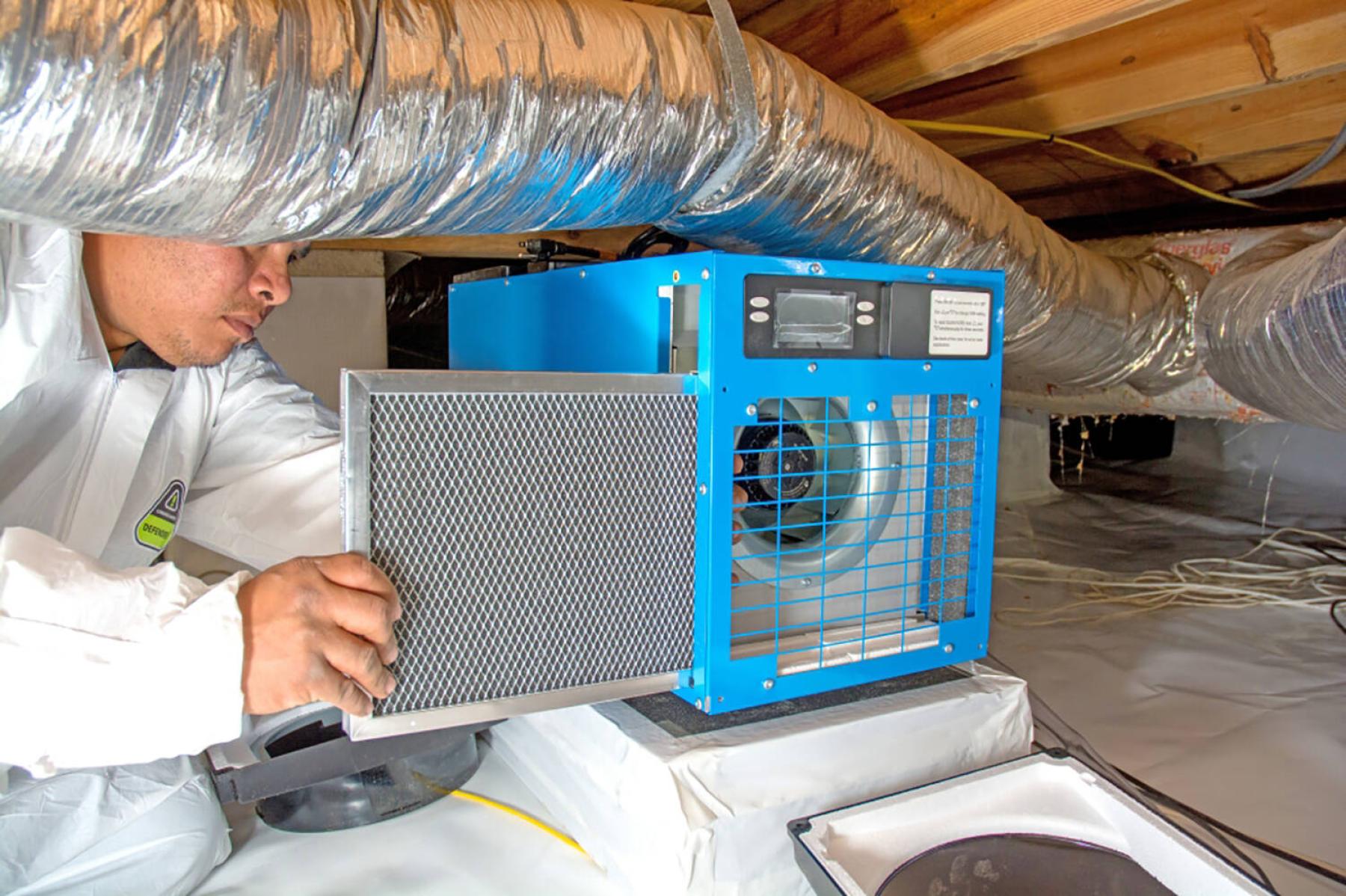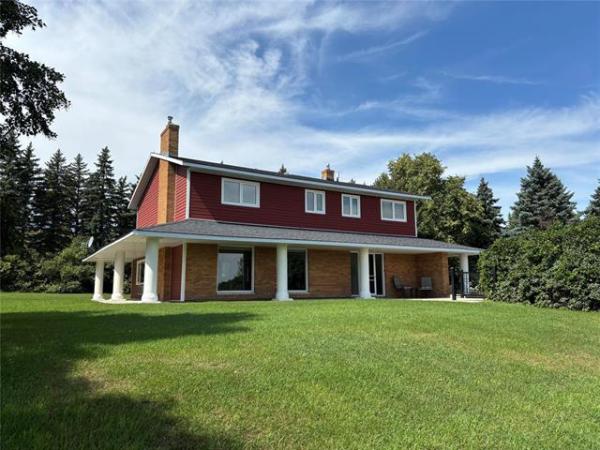Question: I have a year-round home at Victoria Beach. We raised our cottage nine years ago and it is now on a concrete foundation with spray foamed pony wall. I wanted to minimize moisture in the crawlspace during the summer and after researching this decided to install a dehumidifier, with a built-in pump, draining to my holding tank through my bathroom plumbing. After reading your previous article, where you referred to having screened openings in your crawlspace to reduce moisture, I thought I would write you to get your opinion on the dehumidifier approach to the moisture issue. I look forward to your response, Murray Otter
Answer: Installing a dehumidifier inside an enclosed crawlspace may be one portion of a moisture management system, but may not be a complete solution. Preventing moisture inside the crawlspace by sealing the soil and increased ventilation may also be required to prevent excess moisture, rot, mould and other issues in that space.
Moisture issues are a very common problem in homes with enclosed crawlspaces, especially in lake properties. The moisture issue will typically be due to high humidity in the ambient environment and the soil. The soil moisture should be minimized by taking measures inside and outside the crawlspace. The exterior portion of the moisture management issue can be managed by good grading around the building. Regular addition of soil around the foundation should help channel rain and snow runoff away from the home. This should be done by maintaining a small slope away from the foundation, which may disappear over time due to erosion and settlement. Regular maintenance may be easily done and can go a long way to prevent water seeping into the crawlspace from natural environmental conditions.
The second area to address is the moisture in the crawlspace soil. A significant amount of moisture can enter the air in the area under your main floor, as it evaporates from the damp soil. This will mainly be a concern in the winter, when heating this area will increase the evaporation and may thaw some frozen moisture in the soil underneath and adjacent to the concrete foundation. The first remedy for this condition is to install a complete layer of air/vapour barrier over the soil, and concrete footing if present. This should be done with a minimum 6MIL polyethylene sheathing, caulked and sealed at any overlaps, protrusions, and to the spray-foam inside the grade beam foundation. This will help trap water vapour that does emanate from the damp soil, preventing it from entering the crawlspace and wreaking havoc on the wooden floor structure.
Your dehumidifier may be a welcome addition, but only if it the other items are addressed. Most of these devices have a limited capacity and may only be effective in a small area surrounding the unit. It should, however, help remove small amounts of moisture that may get through the poly air/vapour barrier, essentially providing a safety net for removal of soil moisture that may evade the other measures. It may be most effective during the heating season, as the outside air will be much drier than during the summer. The dehumidifier may draw some outside air into the crawlspace, through small gaps or openings, which may be a benefit in below freezing conditions. In that situation the dry outside air will absorb some of the moisture from the crawlspace, as it warms up. In the summer, the outside air may contain as much or more moisture than that inside the enclosed space, slightly raising the relative humidity (RH) if it leaks in.
My previous article recommending the installation of summer vents may seem somewhat contradictory to the previous statement, as they will allow a much larger amount of exterior air into the crawlspace. That may seem like a bad idea, but the main benefit of those vents is to improve air movement by natural ventilation. One of the main issues with moisture in the enclosed crawlspace is that the air may become stagnant, which will increase the chances of condensation. When air is circulated on a regular basis, it helps dry the air. On a windy day, vents on either side of the crawlspace will dramatically increase the air exchanges that occur inside the semi-enclosed area. This will replace stagnant, high humidity air with fresh air, which may have a slightly lower RH. Both the movement and the lower RH will help prevent condensation inside the cooler crawlspace, which will help stop wood rot and mould growth.
Leaving your dehumidifier running inside the crawlspace for the summer may be recommended only if you have no means of natural ventilation. In that situation, it may help to capture some of the dissolved water vapour in the air, hopefully enough to lower the RH below the condensation threshold. Unfortunately, it may not be effective enough for the entire crawlspace. Running one or more small oscillating fans at the same time, may help move the air enough to prevent serious moisture issues, especially along the perimeter of the enclosed space.
Installing and using a self-draining dehumidifier inside your enclosed crawlspace may be somewhat effective in preventing moisture damage from excessive moisture in the air, but should only be one piece of the puzzle. Installation of a well-sealed air/vapour barrier over the dirt floor, improved exterior grading, and using or installing summer vents or small circulation fans may also be necessary to maintain a reasonably dry crawlspace, enough to prevent major moisture issues.
Ari Marantz is the owner of Trained Eye Home Inspection Ltd. and a Registered Home Inspector (RHI)(cahpi.ca). Questions can be emailed to the address below. Ari can be reached at 204-291-5358 or check out his website at trainedeye.ca.
trainedeye@iname.com




